Wear a hat or bring an umbrella? We discover the best ways to cool off in this heat
Warm shower or cold shower? Ice-blended drink or a drink with ice cubes? Don’t sweat because CNA Lifestyle has got the expert take on these everyday dilemmas.
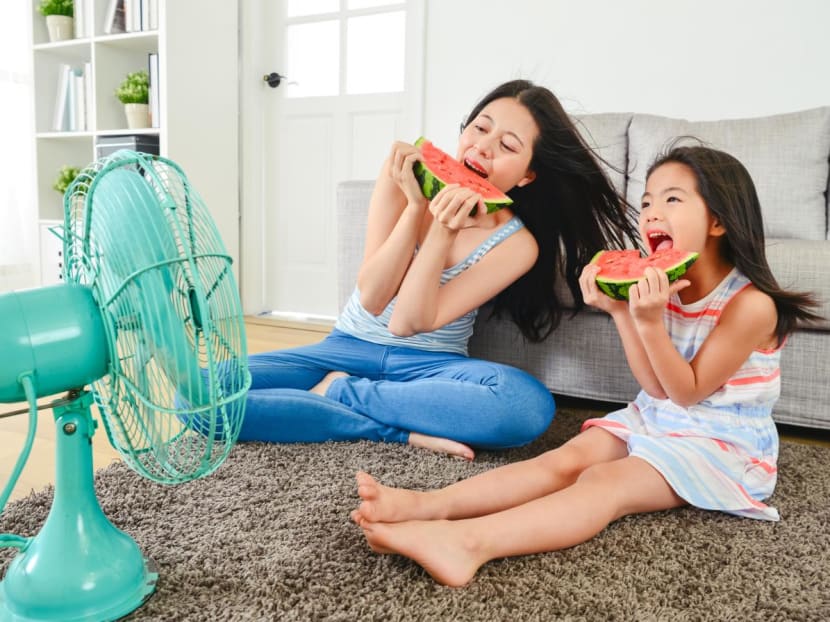
(Photo: iStock)
It’s getting hot in here. Scratch that. It’s always hot in here. Unless you stay perpetually indoors or own a full body suit that pumps out your personal cocoon of air conditioning on the go (there is something close to that), you are always going to be a little sweaty.
So, what’s a tropics-bound person to do? Arm yourself with an umbrella, a hat, an endless supply of cold drinks, and be as minimally dressed as possible without scaring the children? Hold that USB-powered handheld fan first – apparently, not everything you do to stay cool is the most effective.
To help you out, CNA Lifestyle asked some experts on your best bet when it comes to some common scenarios.
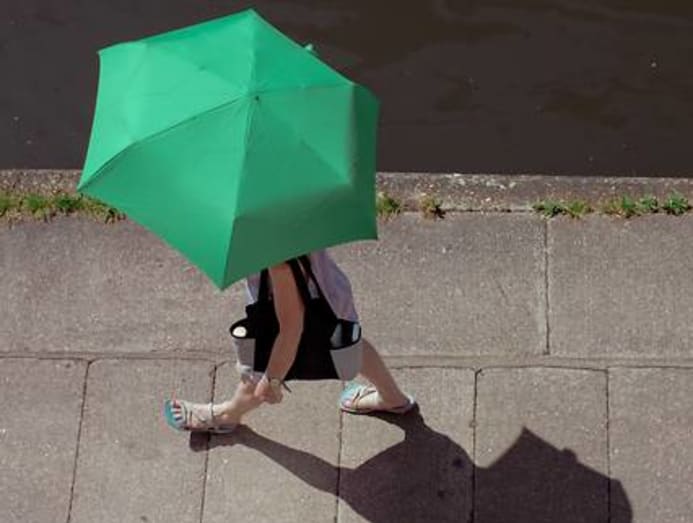
CARRYING AN UMBRELLA VS WEARING A HAT
An umbrella may not look as cool as a hat but is the Auntie accessory a better way to stay chill? Absolutely, says Damien Lee, who teaches the Sport & Wellness Management course at Nanyang Polytechnic’s School Of Business Management, where he is also the school’s deputy manager.
“An umbrella shields a larger surface area of the body from the sun than a hat. It also allows for better ventilation, so that perspiration can evaporate from the skin to cool the body naturally.” Take it from this guy who loves his umbrella so much, he goes hiking with one.

That doesn’t mean your straw hat is only good as an Instagram prop. “When the surrounding temperature is greater than that of your head, wearing a hat will serve to keep the heat out,” said Lee.
What about that things you read on the Internet about the body losing 70 per cent of its heat through the head? As it turns out, a person loses just seven to 10 per cent of his body heat through the noggin, according to a 2008 report in the medical journal The BMJ. “A hat will not significantly impede the dispersion of heat at the head,” said Lee.
Verdict: The umbrella wins.
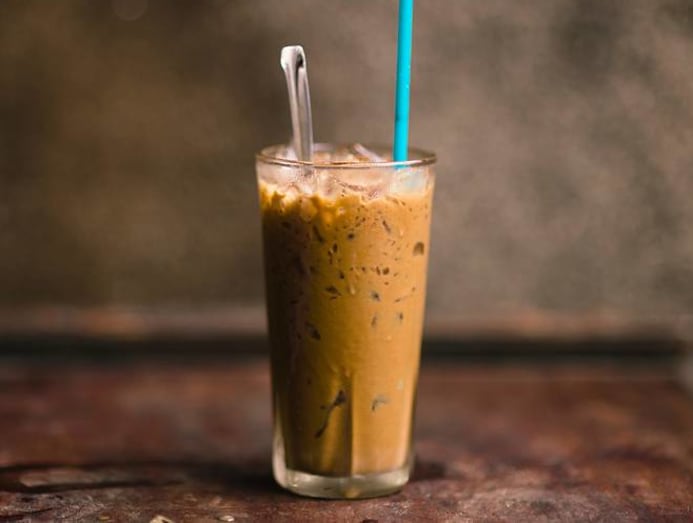
ICE-BLENDED DRINK VS DRINK WITH ICE CUBES
Remember that Physics lesson where you learnt that ice takes energy to melt, so consequently, a drink with ice is colder than a chilled drink? As it turns out, crushed ice does a better job than ice cubes, said Lee.
“Crushed ice has a larger combined surface area than ice cubes and hence, cools a drink faster,” he said.
That said, you are not a can of soft drink. Humans are warm-blooded, which means your body temperature is regulated, regardless of the environment or what you consume.
An iced coffee or ice cream may go down cold, but they get warmed up by the heat generated by your body from digesting them, wrote Peter Poortvliet, a post-doctoral research fellow in neuroscience at The University Of Queensland, in The Conversation. In fact, digesting calorie-rich food leads to an increase in body temperature, he noted.
Verdict: The difference is minimal, said Lee.
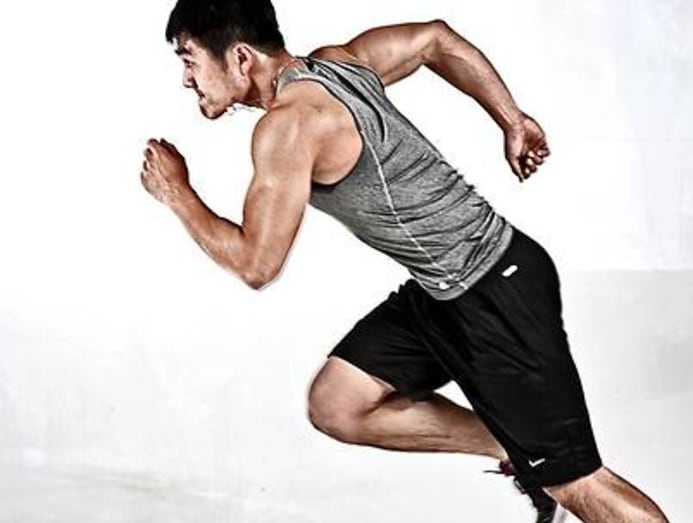
JOGGING TOPLESS VS WITH A MOISTURE-WICKING TOP ON
First of all, this moisture-wicking stuff is for real, said George Havenith, who has studied such fabrics at Loughborough University’s Environmental Ergonomics Research Centre in England.
One way moisture wicking works is the material has a layer of silica to attract moisture and pull it into the fabric, he said. The second method is to use a knit structure that uses two types of fibres: The one that touches skin absorbs little moisture but wicks it away to the other more absorbent fibre that is on the outside of the fabric.
But here’s the sweaty rub: You may be drier but you aren’t necessarily cooler, according to Nigel Taylor, a researcher on thermal physiology at the University Of Wollongong in Australia. Sweat cools you when it evaporates from your skin’s surface. So, you might cool down less if the evaporation happens on the outside of the fabric instead of on your skin, said Taylor.
Moisture management aside, Lee points out that the coverage from a top may also offer some UV protection. “Light-coloured fabrics also help to repel heat,” he said.
Verdict: There’s no clear-cut answer. It also depends on whether you’re body confident enough to run topless.
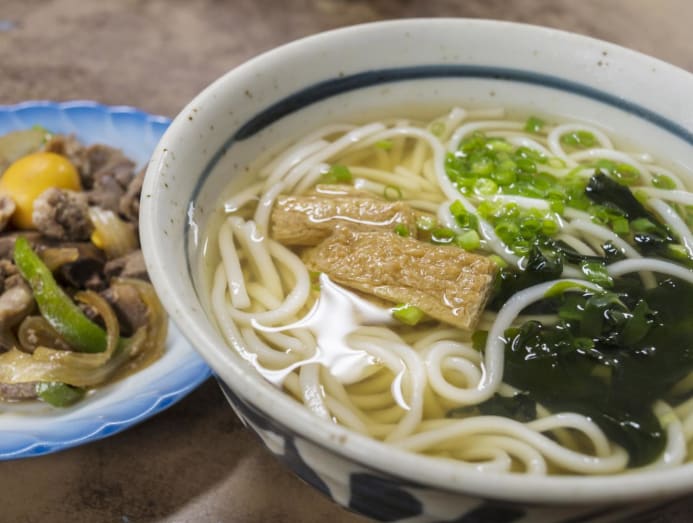
SOUPY DISH VS DRY VERSION OF THE DISH
It is easy to become dehydrated when you have 2.6 million sweat glands producing perspiration to combat the heat. When dehydration sets in, your body will find it harder to regulate its temperature, making you feel warm more readily.
Keeping cool aside, staying hydrated is also essential to stave off your risk of kidney stones, said Dr Mike Nguyen, associate professor of clinical urology at the USC Institute Of Urology at the Keck School Of Medicine Of USC in California. “Staying hydrated is the most important lifestyle change in lowering the risk of stones and can lower the risk of future stones by 50 per cent,” he said.
But if you’re not a fan of plain water, or fruits and vegetables with high water content, choosing a soupy dish at mealtime may help to boost your fluid levels, said Lee. “Technically, soupy food is extra hydration for the body. However, it is not likely to make a significant difference if your body is already hydrated.”
Verdict: Go for the soupy option, just in case.
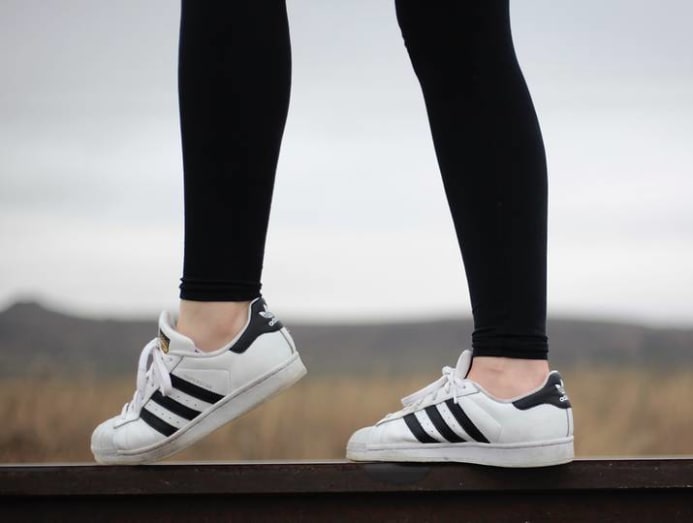
FITTED CLOTHES VS LOOSE CLOTHES
Here’s why a maxi dress will keep you cooler than a skintight tank: The tightness traps a layer of warm air generated by your body around your skin. Even on exposed skin, a 1mm-to-3mm-thick layer of motionless air next to your skin separates it from the breeze around you, according to E. Sterl Phinney, a professor of theoretical astrophysics at the California Institute of Technology.
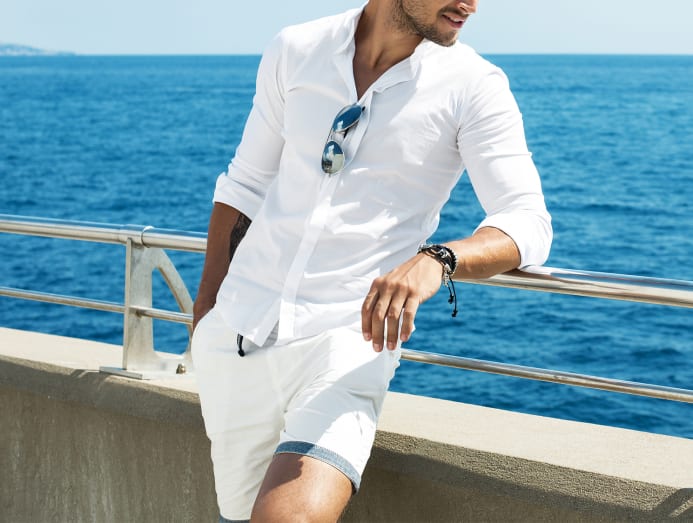
Your cooler bets? Pants with wide legs, over-sized tops, or anything loose and flowy in natural fabrics like cotton will allow air to keep circulating and keep you cool. If you have the choice to wear shorts or berms, they’re even better, said Lee. While loose pants or flowy skirts may let air circulate better, they can still “reduce the evaporation of sweat underneath them, which would not reduce body temperature,” he said.
If you really want to cool down, there’s this jacket with an internal fan system.
Verdict: Stay loose to stay cool.
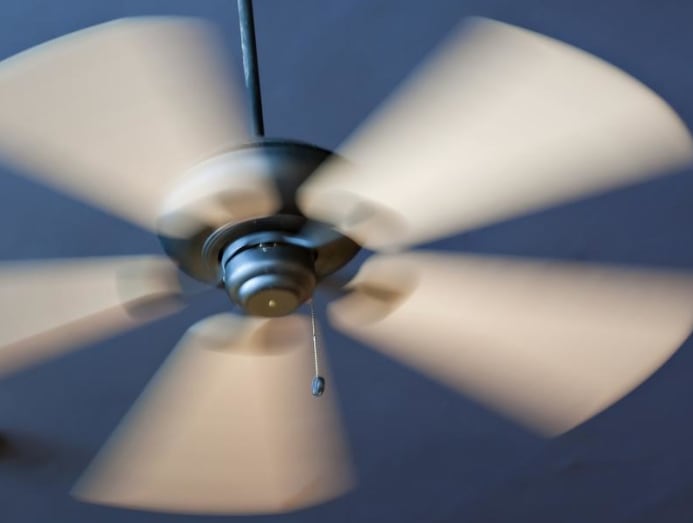
HANDHELD BATTERY-OPERATED FAN VS SITTING UNDER A CEILING FAN
Isn’t having a fan close to you more effective at keeping your temperature down? Not really, said Lee. “Sitting under the fan technically cools a larger body surface area, hence making it a more effective option.”
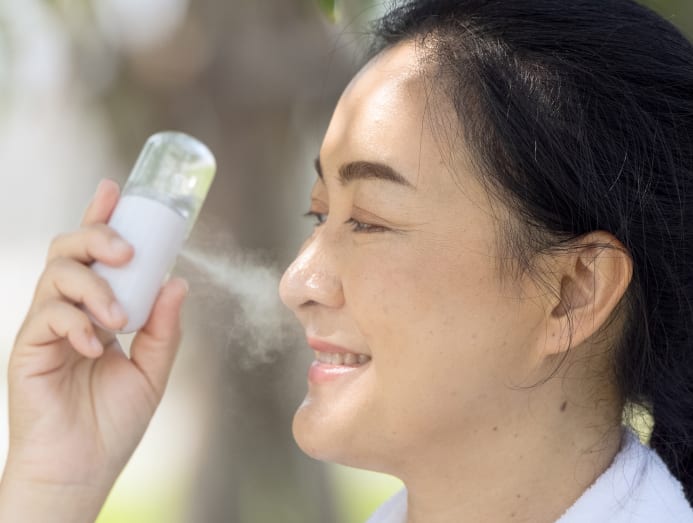
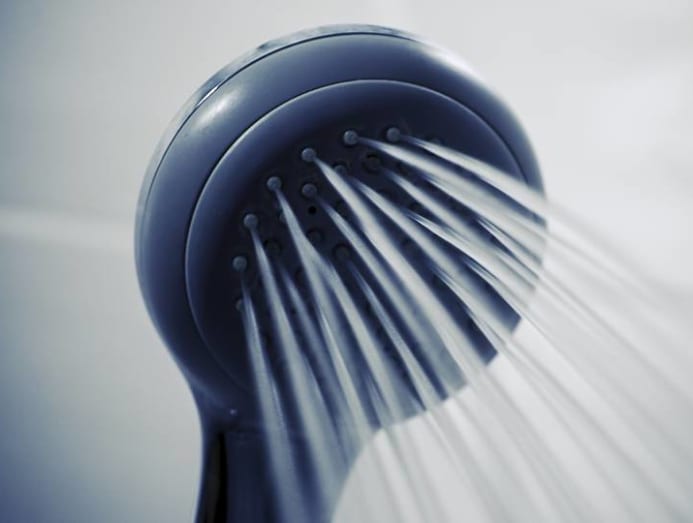
WARM SHOWER VS COLD SHOWER
It is natural to want to jump into a cold shower to cool off. But hold the soap because doing so snaps shut your pores that have been open and pumping out perspiration to cool you down. While you do feel cooler immediately, the heat trapped in your body will raise your core body temperature and make you feel warmer a few minutes later.
As counterintuitive as it sounds, a warm shower may be a better idea; when skin detects warmth, the body will increase blood flow to the skin to help it lose heat – to the tune of seven litres per minute, according to experts from Swinburne University in Australia. This accounts for about 35 per cent of the total blood volume pumped from the heart, wrote the experts in a The Conversation article.
Verdict: Keep the water temperature to about 33 degrees Celsius, rather than the 20 to 25 degree Celsius used in cold showers, noted the experts.





